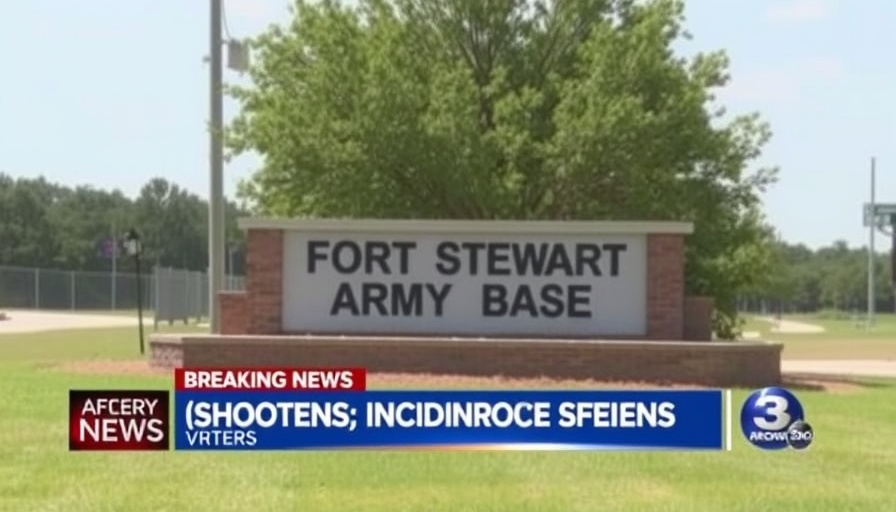
The Controversial Chesapeake Bay Draft Plan: What's at Stake?
The latest draft of the Chesapeake Bay Watershed Agreement has drawn sharp criticism from environmentalists and experts who argue it lacks necessary pollution targets and accountability measures. Released for public consultation on July 1, 2025, the plan is intended to guide restoration efforts beyond the year 2025. However, many are alarmed by the significant reductions in goals and the vagueness in the outlined strategies.
The draft contract violates the spirit of the earlier 2010 Chesapeake Bay Total Maximum Daily Load (TMDL) agreement which established clear pollution reduction goals designed to restore and maintain the bay's health. Experts are concerned that the new plan appears to shift responsibility from legal accountability under the Clean Water Act to a more voluntary framework.
Historical Context: How Chesapeake Bay Integral Is to the Region
The Chesapeake Bay is not only a natural wonder but also an economic engine for the surrounding states. The bay supports vast ecosystems and is vital for fisheries and tourism—sectors that significantly contribute to the local economies of Delaware, Maryland, Pennsylvania, Virginia, West Virginia, New York, and the District of Columbia. Historically, collective agreements were crucial in setting measurable goals to rebalance the environmental impacts from urban runoff, agricultural overflow, and industrial discharges.
The Risks of Inaction: Environmental and Economic Implications
Does this new draft risk setting back decades of work toward restoring the bay? Experts believe that without concrete pollution targets, there could be dire consequences not just for the local ecosystem but also for fishing industries, tourism, and public health. The reduction in wetland restoration targets—from a hoped 85,000 acres by 2025 to just 3,000 acres by 2035—demonstrates a concerning trend in diluting goals.
The Role of Local Communities: Why Your Voice Matters
Public feedback on this draft will be accepted until September 1, and community input is profoundly significant. Environmental leaders have stated that local voices can influence both the process and outcomes. The opportunity for residents and stakeholders to advocate for stricter guidelines and accountability measures is crucial as it steers the conversation toward what is genuinely needed—defined pollution targets and strict enforcement of restoration efforts.
Addressing Concerns: The Need for Accountability
An essential aspect of the criticism revolves around the draft’s failure to outline specific pollution reduction targets. Critical metrics, such as allowable nitrogen and phosphorus levels, are missing, hindering the ability to monitor progress effectively. Environmental advocates stress that accountability is key to ensure that jurisdictions aren't simply allowed to set their own, often lower, standards for pollution control. The placeholders representing conservation outcomes are particularly troubling since they indicate a lack of commitment to measurable progress.
Looking Ahead: What’s Next for Chesapeake Bay Restoration?
As we await the conclusion of the public comment period, experts encourage a proactive approach to the discussions surrounding the draft. Future restoration plans should aim for clarity and specificity, with defined goals that all stakeholders agree on. It is vital to establish not just a roadmap, but a well-marked path with achievable milestones to protect and restore the Chesapeake Bay effectively.
Your Opportunity to Take Action
This draft plan represents a pivotal moment for the Chesapeake Bay and surrounding communities. Your voice can be crucial in shaping the future of this critical ecosystem. Take part in the public comment process before September 1 to demand clarity, accountability, and meaningful pollution reduction targets.
 Add Row
Add Row  Add
Add 




Write A Comment